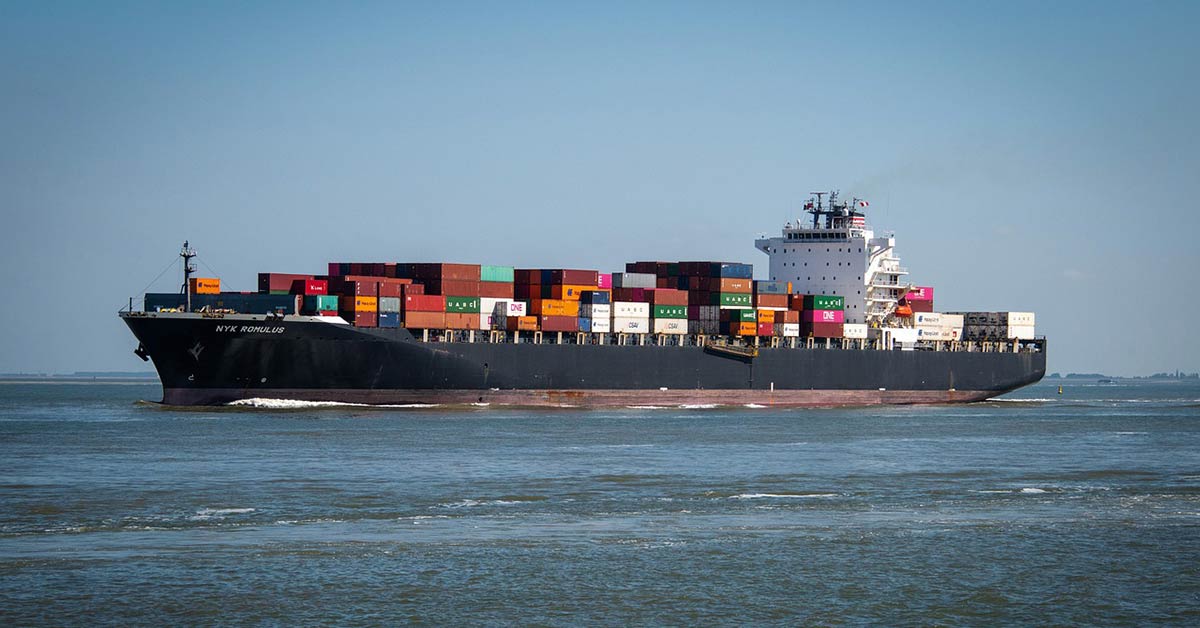
What causes the rising cost of sea freight
The global shipping industry is facing significant challenges, with the rising cost of sea freight being a major concern. As companies grapple with fluctuating demand and supply issues caused by the ongoing pandemic, shipping costs have skyrocketed, intensifying competition among businesses. Furthermore, international shipping rates often lack transparency, further complicating sea freight transportation and driving up expenses. Projections indicate that freight rates will continue to climb this year due to increasing global demand outpacing the growth of shipping capacity. As a consequence, container shipping lines are struggling to maintain satisfactory service levels. In this article, we delve into the reasons behind the persistent cost escalation, explore its consequences, and offer strategies to ensure reliable service during times of crisis.
Reasons for the continued rise in global shipping costs
The rising cost of sea freight shows no signs of abating, primarily due to the growing demand that outpaces the expansion of shipping capacity. The following factors shed light on why costs remain high in the short term:
- Ongoing pandemic repercussions
Despite certain countries returning to pre-pandemic levels of activity, others still face sporadic lockdowns and restricted operations. This imbalance in global economic recovery perpetuates the unbalanced shipping market, contributing to elevated costs. - Limited alternatives to sea freight
Sea freight remains the dominant mode of transportation due to the dearth of viable alternatives. Other transport modes also face capacity limitations, further narrowing the options for cost-effective shipping. As costs surge across the industry, stakeholders must weigh the choice between paying higher sea freight rates or accepting increased expenses throughout the supply chain. - Port congestion
The occurrence of port congestions, such as those witnessed at the Suez Canal, West Coast ports, and China’s Yantian container port, has exacerbated price hikes in the shipping industry.
It is projected that prices will persist at elevated levels until at least 2023. Moreover, the uncertain trajectory of the pandemic adds further complexity, potentially prolonging the recovery period.
Consequences of the rising cost of sea freight
The rising cost of sea freight has wide-ranging ramifications, affecting both businesses and consumers. Some of the notable consequences include:
- Impact on product availability
The price increases and capacity constraints throughout the supply chain have resulted in challenges related to product availability. Retailers, anticipating events like Black Friday and Christmas, face difficulties replenishing stock and expressing concerns about potential shortages. - Influence on global purchasing power
The long-term implications of the rising cost of sea freight include potential adverse effects on global purchasing power and consumer willingness to buy. The combination of increased prices and limited product availability may dampen purchasing behavior on a global scale.
Considering shipping costs
Given the continuously rising freight rates, it is crucial to make informed decisions that optimize financial outcomes. Conducting thorough research to identify the most favorable prices at any given time is recommended. Calculating freight rates remains a complex process, but with access to accurate information, you can make more informed choices.
How ILS can help
At ILS, we prioritize service orientation and aim to assist you, even amidst the challenges faced by the ocean freight forwarding industry. While we may not directly address the rising cost of sea freight, we specialize in providing tools and resources to secure your cargo effectively. By ensuring the safe transportation of your goods, you can mitigate potential bottlenecks and avoid further cost increases. With our extensive knowledge of the international freight industry, we are here to support you in resolving any queries or problems you may encounter.



Conclusion
As the cost of sea freight continues to rise, it is imperative to adapt to the evolving shipping landscape. Understanding the factors contributing to escalating costs, acknowledging the consequences, and employing strategies to secure cargo efficiently can help mitigate the impact on businesses and consumers. At ILS, we strive to provide valuable assistance and resources to navigate these challenges effectively, emphasizing service excellence throughout your shipping endeavors.

